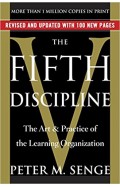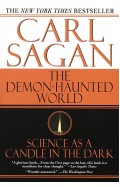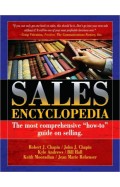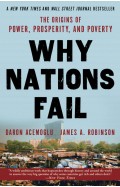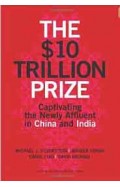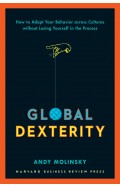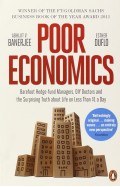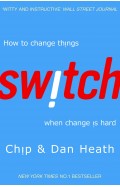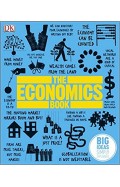- Home
- Business & Management
- Books on E-commerce
- Competing Against Luck The Story of Innovation and Customer Choice
Competing Against Luck The Story of Innovation and Customer Choice
By: Clayton M. Christensen
-
Rs 687.50
- Rs 1,250.00
- 45%
You save Rs 562.50.
Due to constant currency fluctuation, prices are subject to change with or without notice.
The foremost authority on innovation and growth presents a path-breaking book every company needs to transform innovation from a game of chance to one in which they develop products and services customers not only want to buy, but are willing to pay premium prices for.
How do companies know how to grow? How can they create products that they are sure customers want to buy? Can innovation be more than a game of hit and miss? Harvard Business School professor Clayton Christensen has the answer. A generation ago, Christensen revolutionized business with his groundbreaking theory of disruptive innovation. Now, he goes further, offering powerful new insights.
After years of research, Christensen has come to one critical conclusion: our long held maxim—that understanding the customer is the crux of innovation—is wrong. Customers don’t buy products or services; they "hire" them to do a job. Understanding customers does not drive innovation success, he argues. Understanding customer jobs does. The "Jobs to Be Done" approach can be seen in some of the world’s most respected companies and fast-growing startups, including Amazon, Intuit, Uber, Airbnb, and Chobani yogurt, to name just a few. But this book is not about celebrating these successes—it’s about predicting new ones.
Christensen contends that by understanding what causes customers to "hire" a product or service, any business can improve its innovation track record, creating products that customers not only want to hire, but that they’ll pay premium prices to bring into their lives. Jobs theory offers new hope for growth to companies frustrated by their hit and miss efforts.
This book carefully lays down Christensen’s provocative framework, providing a comprehensive explanation of the theory and why it is predictive, how to use it in the real world—and, most importantly, how not to squander the insights it provides
| Book | |
| What's in the Box? | 1 x Competing Agnst Luck The Story of Innovation and Customer Choice |
The foremost authority on innovation and growth presents a path-breaking book every company needs to transform innovation from a game of chance to one in which they develop products and services customers not only want to buy, but are willing to pay premium prices for.
How do companies know how to grow? How can they create products that they are sure customers want to buy? Can innovation be more than a game of hit and miss? Harvard Business School professor Clayton Christensen has the answer. A generation ago, Christensen revolutionized business with his groundbreaking theory of disruptive innovation. Now, he goes further, offering powerful new insights.
After years of research, Christensen has come to one critical conclusion: our long held maxim—that understanding the customer is the crux of innovation—is wrong. Customers don’t buy products or services; they "hire" them to do a job. Understanding customers does not drive innovation success, he argues. Understanding customer jobs does. The "Jobs to Be Done" approach can be seen in some of the world’s most respected companies and fast-growing startups, including Amazon, Intuit, Uber, Airbnb, and Chobani yogurt, to name just a few. But this book is not about celebrating these successes—it’s about predicting new ones.
Christensen contends that by understanding what causes customers to "hire" a product or service, any business can improve its innovation track record, creating products that customers not only want to hire, but that they’ll pay premium prices to bring into their lives. Jobs theory offers new hope for growth to companies frustrated by their hit and miss efforts.
This book carefully lays down Christensen’s provocative framework, providing a comprehensive explanation of the theory and why it is predictive, how to use it in the real world—and, most importantly, how not to squander the insights it provides
Competing Against Luck The Story of Innovation and Customer Choice
By: Clayton M. Christensen
Rs 687.50 Rs 1,250.00 Ex Tax :Rs 687.50
HBR's 10 Must Reads 2017 The Definitive Management Ideas of the Year from HBR
By: Clayton M. Christensen
Rs 822.25 Rs 1,495.00 Ex Tax :Rs 822.25
How Will You Measure Your Life?
By: Clayton M. Christensen
Rs 1,975.50 Rs 2,195.00 Ex Tax :Rs 1,975.50
The Innovator's Dilemma, with a New Foreword - When New Technologies Cause Great Firms to Fail
By: Clayton M. Christensen
Rs 8,635.50 Rs 9,595.00 Ex Tax :Rs 8,635.50
Zubin Mehta: A Musical Journey (An Authorized Biography)
By: VOID - Bakhtiar K. Dadabhoy
Rs 472.50 Rs 1,050.00 Ex Tax :Rs 472.50
The Fifth Discipline Art And Practice Of The Learning Organiz
By: Peter M. Senge
Rs 3,311.75 Rs 5,095.00 Ex Tax :Rs 3,311.75
The Demon Haunted World Science As A Candle In The Dark
By: Carl Sagan
Rs 3,595.50 Rs 3,995.00 Ex Tax :Rs 3,595.50
Sales Encyclopedia The Most Comprehensive How To Guide On Selling
By: Robert Chapin
Rs 671.25 Rs 895.00 Ex Tax :Rs 671.25
Why Nations Fail The Origins of Power Prosperity and Poverty
By: James A. Robinson
Rs 2,335.50 Rs 2,595.00 Ex Tax :Rs 2,335.50
The 10 Trillion Prize Captivating thely Affluent in China and India
By: Michael J. Silverstein
Rs 987.75 Rs 2,195.00 Ex Tax :Rs 987.75
Global Dexterity: How to Adapt Your Behavior Across Cultures without Losing Yourself in the Process
By: Andy Molinsky
Rs 1,262.25 Rs 2,295.00 Ex Tax :Rs 1,262.25
Poor Economics: The Surprising Truth about Life on Less Than $1 a Day
By: Abhijit Banerjee
Rs 2,335.50 Rs 2,595.00 Ex Tax :Rs 2,335.50
Switch: How to change things when change is hard - (PB)
By: Dan Heath
Rs 767.25 Rs 1,395.00 Ex Tax :Rs 767.25
The Great Degeneration: How Institutions Decay and Economies Die
By: Niall Ferguson
Rs 1,556.75 Rs 2,395.00 Ex Tax :Rs 1,556.75
The Fifth Discipline Art And Practice Of The Learning Organiz
By: Peter M. Senge
Rs 3,311.75 Rs 5,095.00 Ex Tax :Rs 3,311.75
The Demon Haunted World Science As A Candle In The Dark
By: Carl Sagan
Rs 3,595.50 Rs 3,995.00 Ex Tax :Rs 3,595.50
No recently viewed books available at the moment.
Zubin Mehta: A Musical Journey (An Authorized Biography)
By: VOID - Bakhtiar K. Dadabhoy
Rs 472.50 Rs 1,050.00 Ex Tax :Rs 472.50
Competing Against Luck The Story of Innovation and Customer Choice
By: Clayton M. Christensen
Rs 687.50 Rs 1,250.00 Ex Tax :Rs 687.50
HBR's 10 Must Reads 2017 The Definitive Management Ideas of the Year from HBR
By: Clayton M. Christensen
Rs 822.25 Rs 1,495.00 Ex Tax :Rs 822.25
How Will You Measure Your Life?
By: Clayton M. Christensen
Rs 1,975.50 Rs 2,195.00 Ex Tax :Rs 1,975.50
The Innovator's Dilemma, with a New Foreword - When New Technologies Cause Great Firms to Fail
By: Clayton M. Christensen
Rs 8,635.50 Rs 9,595.00 Ex Tax :Rs 8,635.50
The Fifth Discipline Art And Practice Of The Learning Organiz
By: Peter M. Senge
Rs 3,311.75 Rs 5,095.00 Ex Tax :Rs 3,311.75
The Demon Haunted World Science As A Candle In The Dark
By: Carl Sagan
Rs 3,595.50 Rs 3,995.00 Ex Tax :Rs 3,595.50











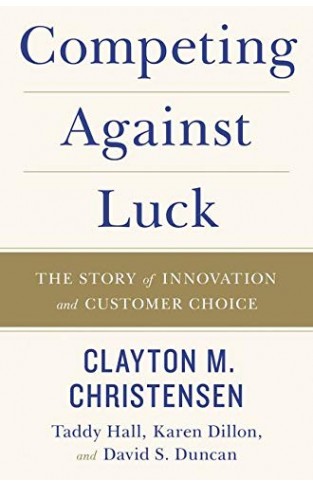
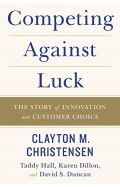
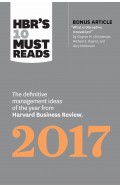
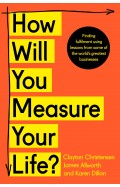

-120x187.jpg?q6)





